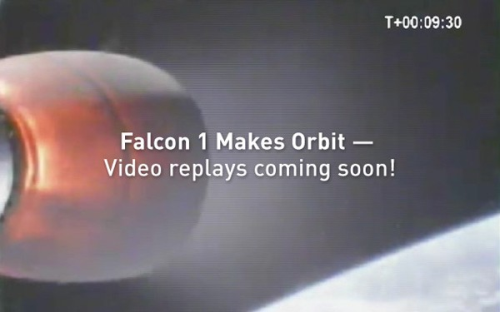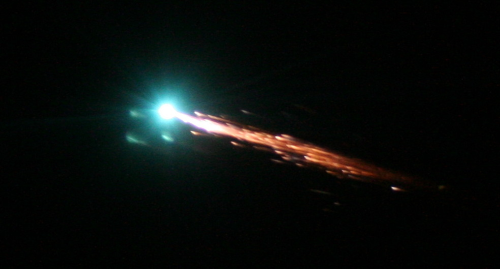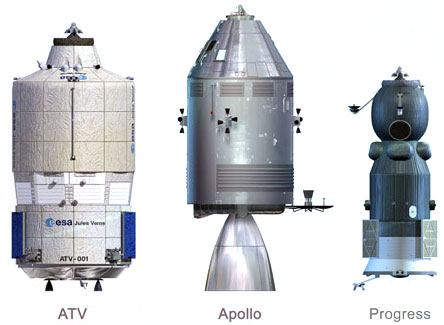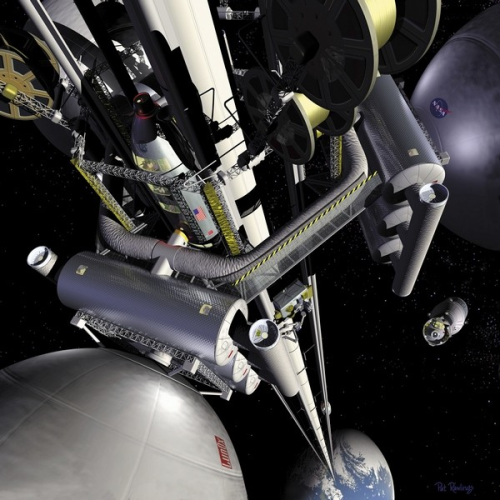
If you think that the final mission to service the Hubble Space Telescope is going to be boring, you haven't seen this video yet. Not only the astronauts will be risking their lives as usual at 366 miles above the Earth, but the sheer amount and the difficulty of the tasks—from repairing components to replacing them to installing new gadgets—makes the mission an almost-impossible one, with soundtrack to match. I never imagined this was going to be such an ambitious and daunting work. First, there's the pressure the astronauts are going to be facing. In addition to the stress of the spacewalks and the manual work in a weightless environment, they know this is not only the final mission, but also a single shot to service the mighty telescope. If some of the tasks are not completed, there's no way to return back another time and fix whatever is broken. The mission crew knows that Hubble is a vital instrument to science—one that keeps expanding our knowledge of the Universe, helping to answer the most crucial question Humanity has ever faced: where the hell do we come from?—and that the astronauts are men and women of science. And they are going to be the ones responsible for giving science this amazing tool for ten more years. Then there's the time constrain: just eleven days. As John Grunsfeld—one of the mission astronauts with Andrew Feustel, Gregory Johnson, Megan McCarthur, Michael Good, Scott Altman, and Michael Massimino—puts it: "We got a lot of things we want to repair in Hubble and upgrade in Hubble, and not a lot of time to do it." During that short time, this is all the things they have to do:

Repairs • Repair two failed instruments in space, which is the first time such a task is going to be attempted. This will be a test to see if Nasa can do this kind of tasks in future missions to the Moon and Mars. The repairs will require removing 110 (yes, a hundred and ten) little screws. While this seems easy, not only it will take a lot of time in zero gravity, but the screws, like any other floating debris, may become a big problem for the security of the astronauts up there. • The first instrument to be repaired is the Advanced Camera for Surveys (ACS). It was installed in 2002, and then died after being the most used instrument in Hubble for years. • Then they have to fix the Space Telescope Imagine Spectrograph (STIS). This is a black hole hunter which also did the first detection and chemical analysis of a planet orbiting another star.

New instruments • They will install the fanciest, most advanced spectrograph in space: the Cosmic Origin Spectrograph. • In addition to the COS, they are also going to install the Wield Field Camera 3. This new camera is ten times better than the current instrument, and will let us see into the past of the Universe deeper and farther than ever before.

Spacecraft service • In addition to the pure science aspect of the mission, Nasa also wants to upgrade and fix the spacecraft itself, starting with the gyroscopes, which will be upgraded. • They also are going to install a refurbished fine guidance sensor. • The batteries are going to be replaced for the first time since Hubble went into space. • A new outer blanket layer, this time a solid shield, will be put on top of the current blanket. • Thermal insulation will be replaced on several bays of the telescope. • A new capture instrument will be installed to recover the Hubble at the end of its life. Seems like a lot to me, but maybe is the Jerry Bruckheimerish soundtrack that makes it all more exciting. The really exciting part however, if the mission is completely successful, is that Hubble will be better than ever, ready for action for the next ten years. What does this really mean?
Awesome eye candy for the next decade. And maybe showing to us that the origin of the Big Bang is really a huge bowl full of Froot Loops that went horribly wrong during one of God's breakfast.
[ Via:
Gizmodo, The Gadget Blog ]
[ Tag: ]










